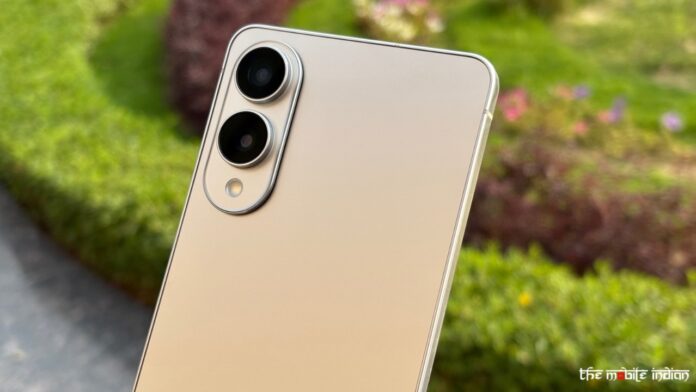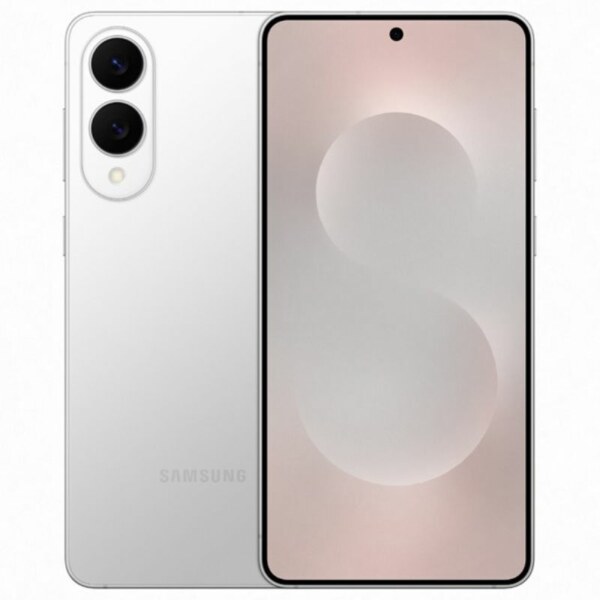The Galaxy S25 Edge, priced starting at Rs 1,09,999, is one of the unique devices Samsung has launched aside from its regular set of flagships. It combines a sturdy and premium build with other powerful hardware but with a few tradeoffs too. Ahead of our full review, here’s a detailed look at the Samsung Galaxy S25 Edge battery and gaming performance.
Samsung Galaxy S25 Edge Gaming Review
The Galaxy S25 Edge packs a Snapdragon 8 Elite Chipset along with 12GB of RAM which are some of the most high-end specs you’ll find on a smartphone at this point. The 8 Elite is known to handle gaming titles with ease and on the S25 Edge, that’s no different.
The Galaxy S25 Edge performs well when playing titles like BGMI and Call of Duty Mobile. Even at the highest graphics, the device could easily output a consistent frame rate. As for thermals, they are manageable too, for the most part. While the device does get hot to the touch when playing such titles, it didn’t affect the performance of the game adversely.
When it came to Call of Duty Warzone Mobile, though, the device not only heated excessively but the game also began to lag. However, we’ll give the device the benefit of the doubt considering the title itself is known for poor optimisation and taking into account the handset’s performance in other demanding titles.
Games like Bullet Echo work without any issues and don’t cause any heating. It runs at 120 FPS which makes the gameplay much more fluid than some other flagships I have tested the game on.
The touch responsiveness in all the titles remained exceptional, along with high graphics quality and consistent fps.
As for gaming features, you do get the likes of an in-game panel that can lock auto brightness, enable touch booster, touch protection, or help you quickly take a screenshot or enable screen recording while you play a game. It also shows you some device metrics while gaming and can open apps in a pop-up window so you don’t have to leave the game if you want to reply to a text or do other tasks.
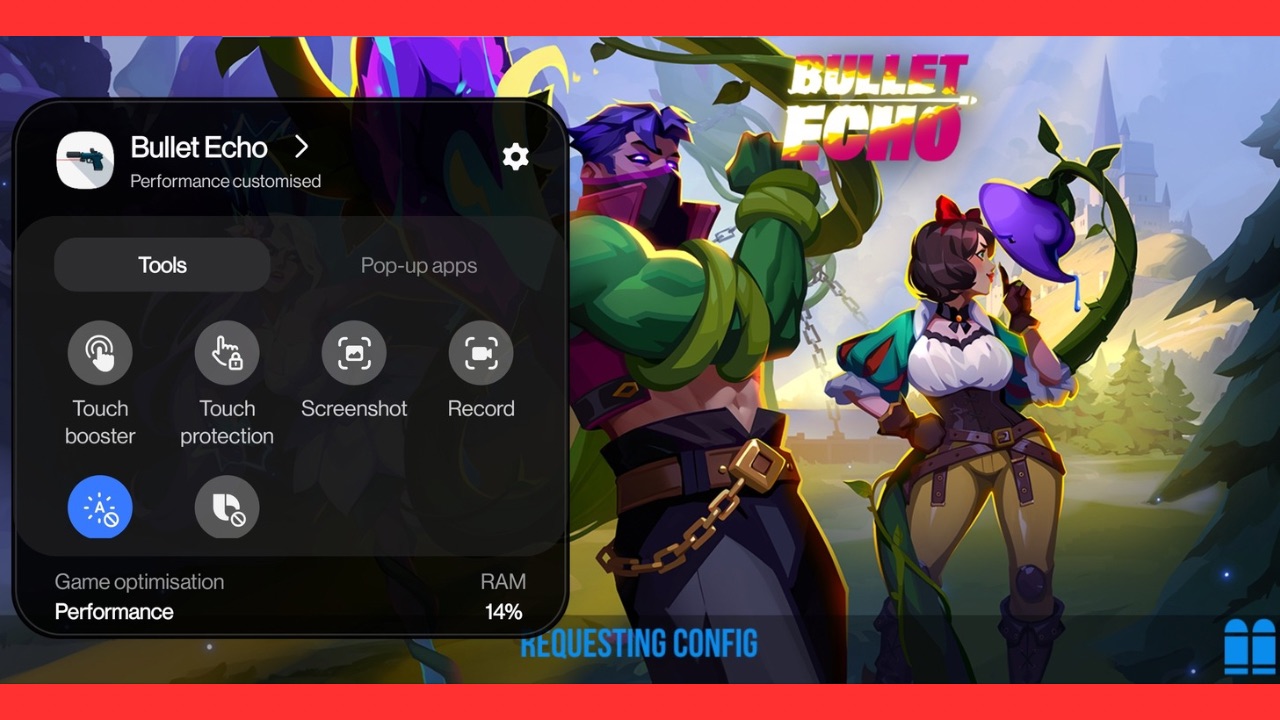
Aside from that there’s the Game Booster, where you get to choose the Game profile for the device from options like Performance, Battery Saver, and Balanced.
Then there’s customisation for individual games where you can adjust the fps, screen resolution, game optimisation, and frame booster, for each game you install.
Next, you can enable “Pause USB PD charging when gaming” which essentially bypasses the battery and instead gives power to the CPU while gaming so the device doesn’t heat up and also maintains power.
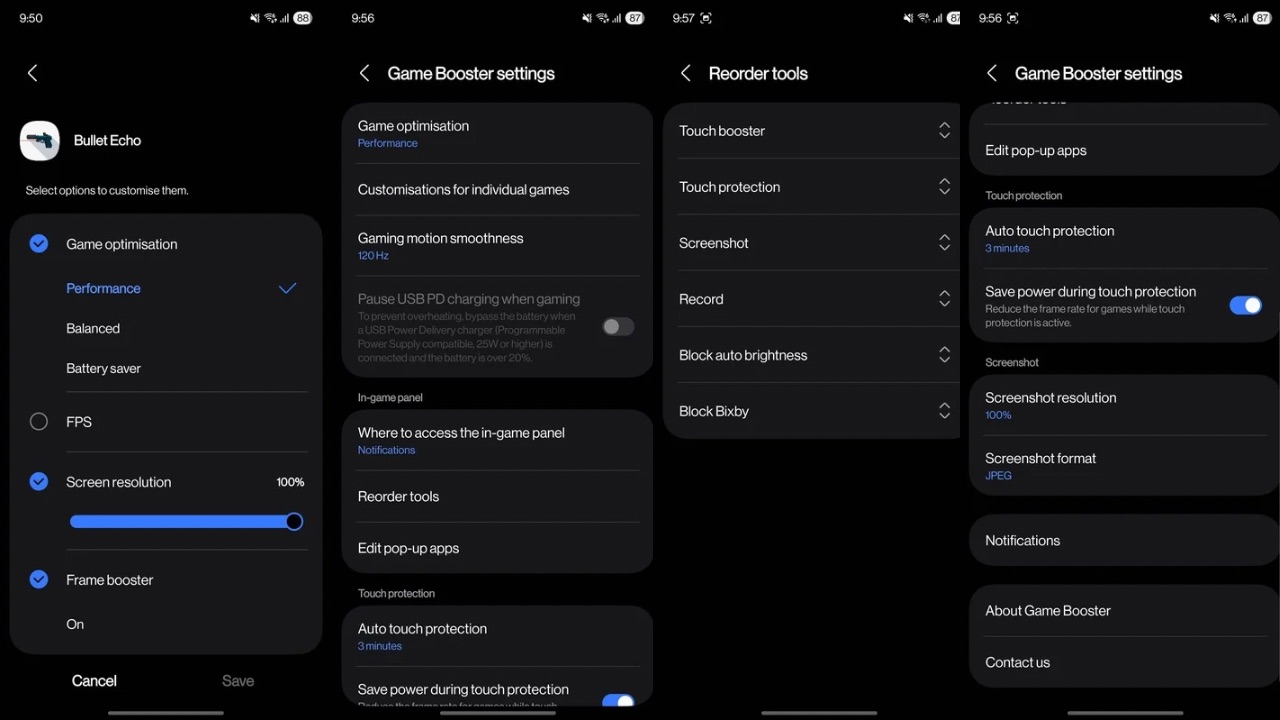
You can also customise an in-game panel such as its position, ability to reorder the tools, and add apps for the pop-up apps feature.
There’s also auto-touch protection which can keep the game running in the background and not lock the phone if you remain inactive for the specified period. Finally, you can also choose the screenshot format and screenshot Resolution as well.
To sum up, the Galaxy S25 Edge isn’t designed with gaming in mind and understandably lacks the features found in dedicated gaming devices. However, the device can still handle demanding titles fairly well—though it does tend to get a bit warm during extended sessions.
Read More: Samsung 2025 Bespoke AI Top Load Washing Machines with AI Wash Launched in India
Samsung Galaxy S25 Edge Battery Review
The most questionable feature of the device is its battery. The Galaxy S25 Edge packs a 3900mAh battery with 25W Fast charging and one can straight up tell that its a considerably small cell for a device that packs a 120Hz QHD display, supports lock screen wallpaper AOD, and at the same time, is powered by a demanding Snapdragon 8 Elite chip.
I have gone through multiple cycles with the Galaxy S25 Edge since I got the device. I’d say that the battery life isn’t particularly impressive if you are someone like me who uses all the features mentioned above.
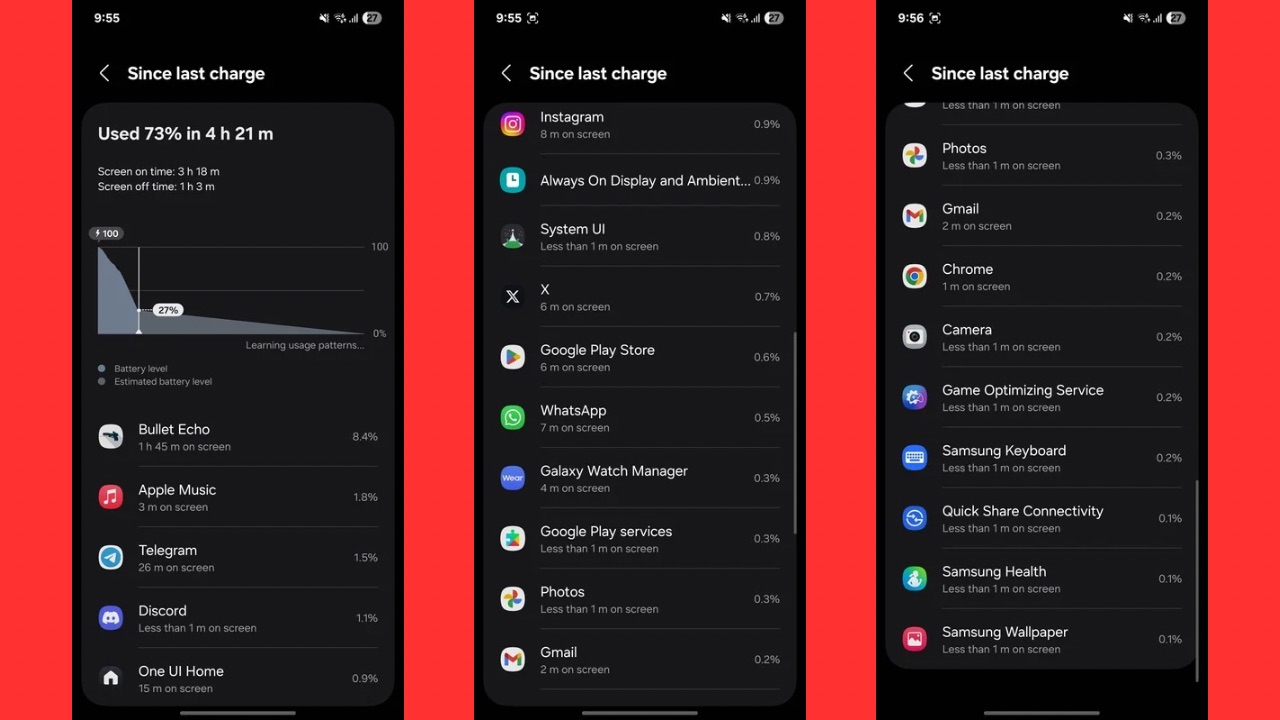
With all those enabled, on Wi-Fi, along with using apps like Instagram, Apple Music, Chrome, and some amount of calling while playing Bullet Echo for more than an hour, the device got me around 4h 45m of screen-on time which is average considering the device costs over a lakh.
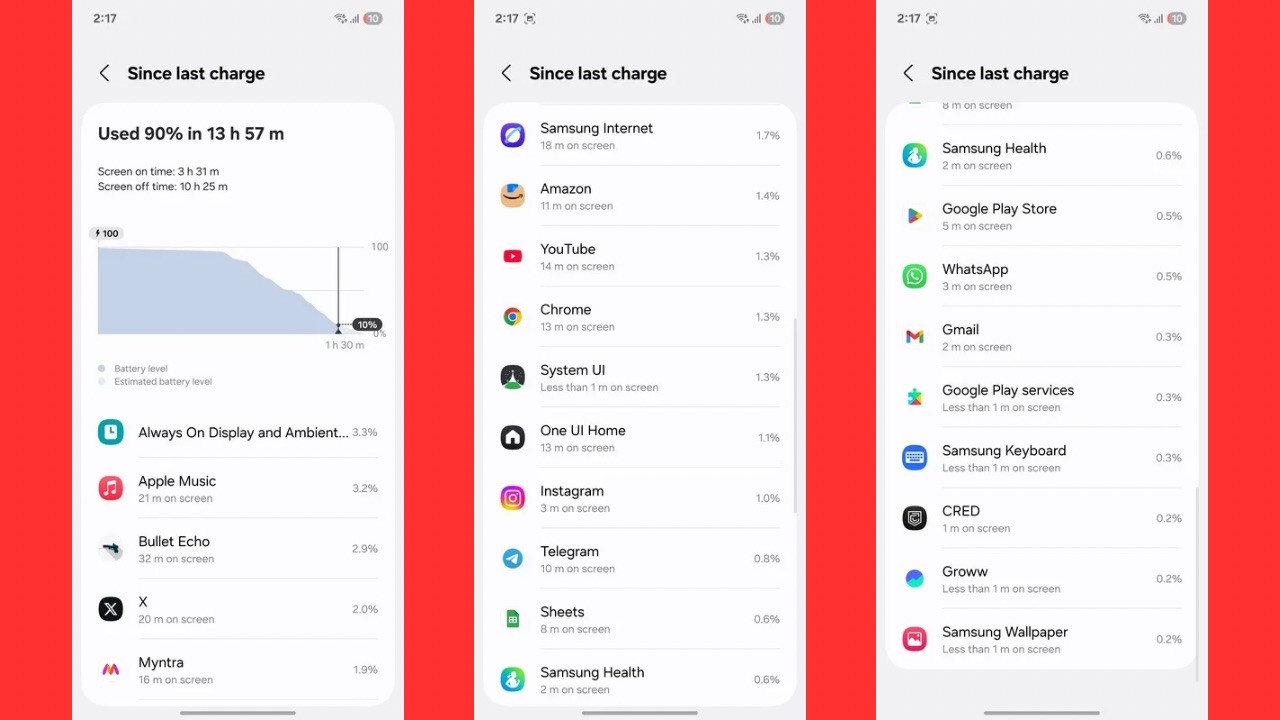
During this other cycle, with a similar usage, I got around 4h 15m of screen-on time. However, during this time, the device was learning my usage patterns and Samsung users know that once the device gets past this stage, the battery backup improves to some extent and it did with the S25 Edge, too.
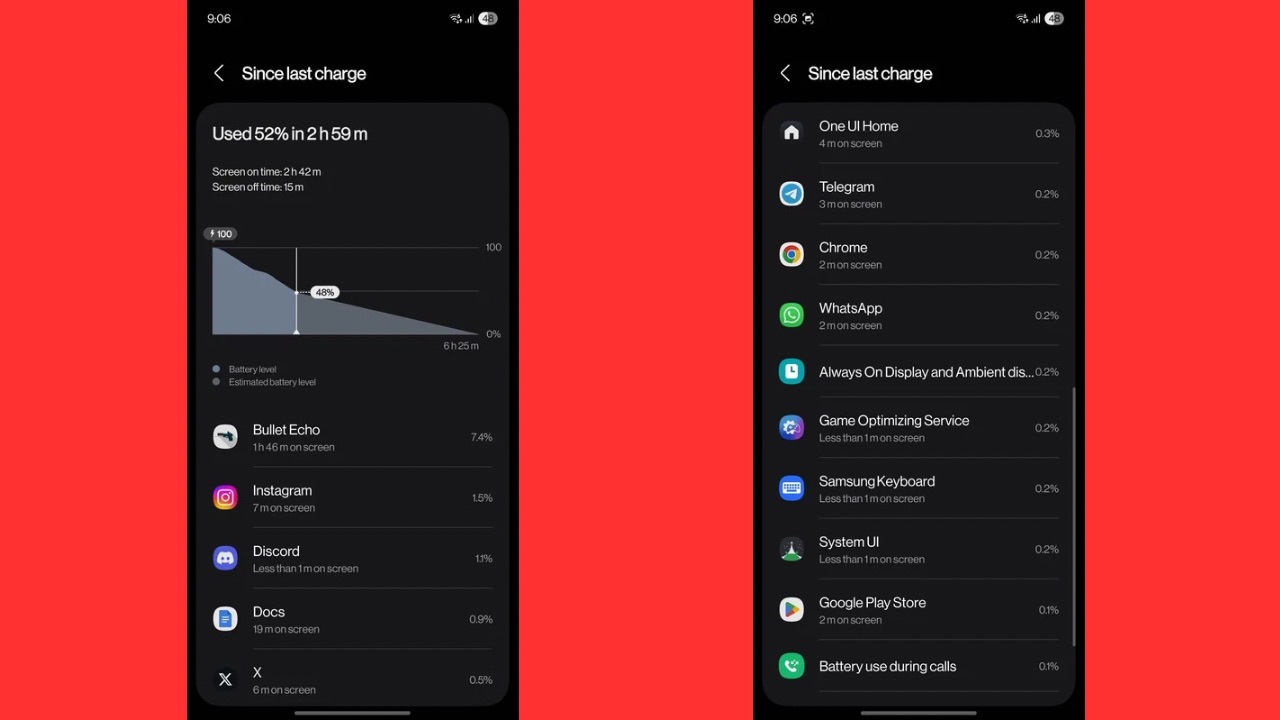
After my usage patterns were learnt, the device could get me up to 5 hours of screen-on time with a similar usage. In some cases, the screen-on time could go above 5 hours as well. While the device can make it through a full day, it’ll be running on the edge by the time you reach the end.
If you, by any chance, start performing demanding tasks throughout your day, including navigation on 5G, regular 5G use, using the cameras, or gaming, the device will most likely require a top-up mid-day. For instance, the battery dropped by 5% within a matter of 10 minutes when using the cameras outdoors in bright sunlight.
Speaking of charging times, the device can charge from 1% to 100% in about an hour and a fifteen minutes which is again quite high considering the size of the battery. Batteries much larger this size can charge in under an hour and that’s a bummer for Samsung, keeping in mind the cost of the device.
Another major concern is how frequent top-ups could degrade the battery life quicker in the longer run compared to competitor phones.
The battery backup and the charging times for the Galaxy S25 Edge not the best among the S25 series of smartphones. It seems to be the compromise you’ll have to make if you want a device that’s powerful yet so thin and gorgeous.
Stay tuned for our full review coming soon, where we’ll dive into the device’s everyday performance, display quality, and camera capabilities.


